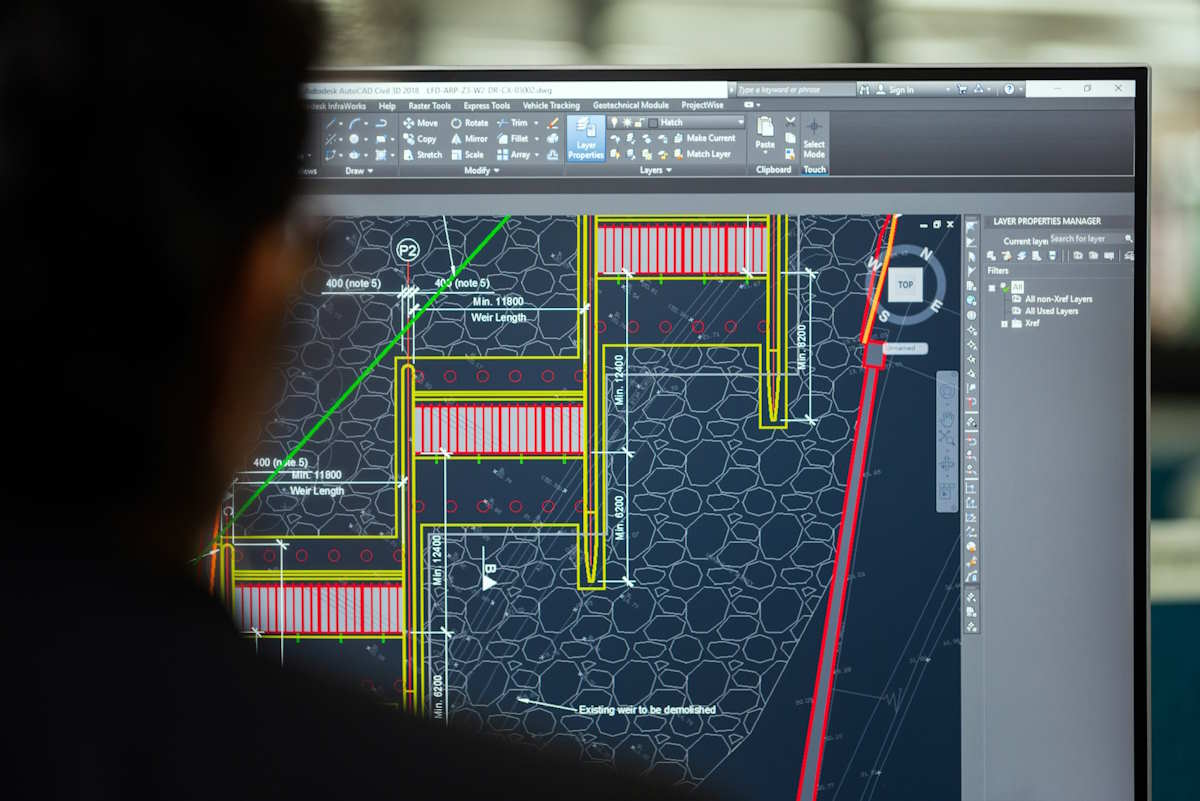Developing a custom application has traditionally been a complex and time-consuming process, requiring extensive coding knowledge and resources. However, the rise of low-code software development has revolutionized the app-building landscape, making it more accessible and efficient than ever before. This innovative approach empowers individuals and businesses, regardless of their technical expertise, to create custom applications with ease.

By leveraging user-friendly visual interfaces and pre-built components, low-code platforms simplify the app development process, eliminating the need for intricate programming languages. This democratization of app creation opens up new possibilities for businesses to streamline operations, improve productivity, and drive innovation.
In this article, we’ll explore how low-code technology is transforming the way applications are built and discover the benefits it offers to businesses and developers alike.
Benefits of Low-Code Development
Efficiency and Speed
Low-code development makes app creation faster by minimizing manual coding. Developers use visual interfaces and pre-built features to focus on the app’s logic instead of writing code. This speeds up app development and boosts productivity. Techniques like model-driven development, task automation, and collaboration between developers and business users enhance efficiency. Prioritizing efficiency and speed in app development ensures timely delivery, improved user experience, and higher ROI.
Platforms like OutSystems, Mendix, or Microsoft Power Apps help integrate data, manage processes, and support unique business logic for enterprise-level apps.
Cost-Effectiveness
Low-code software development reduces costs for app projects by simplifying the process. It allows developers to create applications quickly without extensive manual coding. This efficiency leads to faster deployment and quicker time-to-market.
When evaluating cost-effectiveness, consider metrics such as developer requirements, development speed, system integration ease, and platform support level.
Low-code solutions offer visual tools, automation, and collaboration features to enhance productivity and user experience. They enable professional and citizen developers to work together, managing the entire development lifecycle efficiently from idea to deployment.
By using agile methodologies and encouraging collaboration between business and IT teams, low-code platforms help reduce costs associated with traditional software development.
Accessibility to Non-Technical Users
Non-technical users can easily access low-code software development platforms. These platforms make it simpler for individuals with limited coding knowledge to create applications by bridging the gap between custom software development and end-user understanding.
Visual ide and automation features in low-code platforms enable users to design applications without complex coding. Instead of writing code, users can drag and drop elements. Professional developers handle logic and data integration, while non-technical users concentrate on the application’s functionality.
Low-code platforms offer user-friendly interfaces for app development, deployment, and management. Collaboration tools allow business and IT users to work together smoothly to ensure the end product meets the organization’s needs.
Low-code development prioritizes user experience and productivity, making it easier for non-technical users to access and promote agile development lifecycles within enterprises.
Key Features of Low-Code Platforms
Drag-and-Drop Interface and Pre-Built Templates
Low-code software’s drag-and-drop interface simplifies application development, making it accessible to non-technical users. By dragging and dropping pre-built features, users can create custom software solutions without extensive coding knowledge. Platforms like OutSystems, Mendix, and Caspio provide visual tools that streamline development and support collaboration.
Moreover, low-code platforms offer pre-built templates and components, saving developers time and allowing them to focus on the app’s core logic. These resources improve efficiency, reduce costs, and provide a foundation for faster application deployment. They cater to both professional and citizen developers, enabling businesses to create custom apps that align with their needs and increase productivity.
Integration Capabilities
Low-code platforms make it easy to connect with different systems and apps. They allow for seamless integration with third-party APIs and services. Developers can use visual tools and automation to add custom logic and scripts, making integration processes smoother.
Model-driven development lets organizations create and support custom applications quickly to meet specific business needs. Low-code platforms encourage collaboration between developers and business users. This agile approach results in faster deployment and increased productivity.

Getting Started with Low-Code App Development
Choosing the Right Low-Code Platform
When choosing a low-code platform for custom software development, businesses need to consider some important factors. These include the features offered by the platform, how easy it is to integrate with existing systems, and if it supports collaboration among developers.
Businesses should also examine the visual development tools, automation capabilities, and ability to deploy applications across different channels. Ensuring that the chosen low-code platform meets the organization’s specific needs and goals is essential for a successful development process.
Platforms like Zoho Creator, OutSystems, Mendix, and Nintex provide model-driven development, enterprise-level solutions, and support for agile deployment. Selecting a low-code platform that supports model-driven logic, data integration, and system management can help businesses improve productivity and enhance user experience. This allows them to create custom applications that effectively meet their requirements.
Key Considerations for Businesses
When considering low-code development, businesses should evaluate their specific needs, the skill level of their developers, and the complexity of the applications they want to build. Collaboration between business and IT teams is crucial for customizing the platform to meet unique requirements. Prioritizing user experience and integration with existing systems is essential when choosing a low-code platform.
However, it’s important to note that low-code development has some drawbacks. Highly complex or specialized applications may require more traditional coding. Additionally, relying too heavily on a specific low-code platform can lead to vendor lock-in.
For businesses seeking tailored solutions, partnering with an experienced development team like Binary Studio can be highly beneficial. Skilled developers can create highly customized features and user interfaces that perfectly align with business’s unique requirements, ensuring the final product meets their specific needs and goals.
Summary
Low-code software development simplifies app creation by reducing manual coding and using visual interfaces and pre-built templates. This approach enables businesses to develop customized applications, improving efficiency and accelerating innovation rapidly. However, it’s essential to consider the specific needs of the organization, the skills of the developers, and the complexity of the desired applications.














